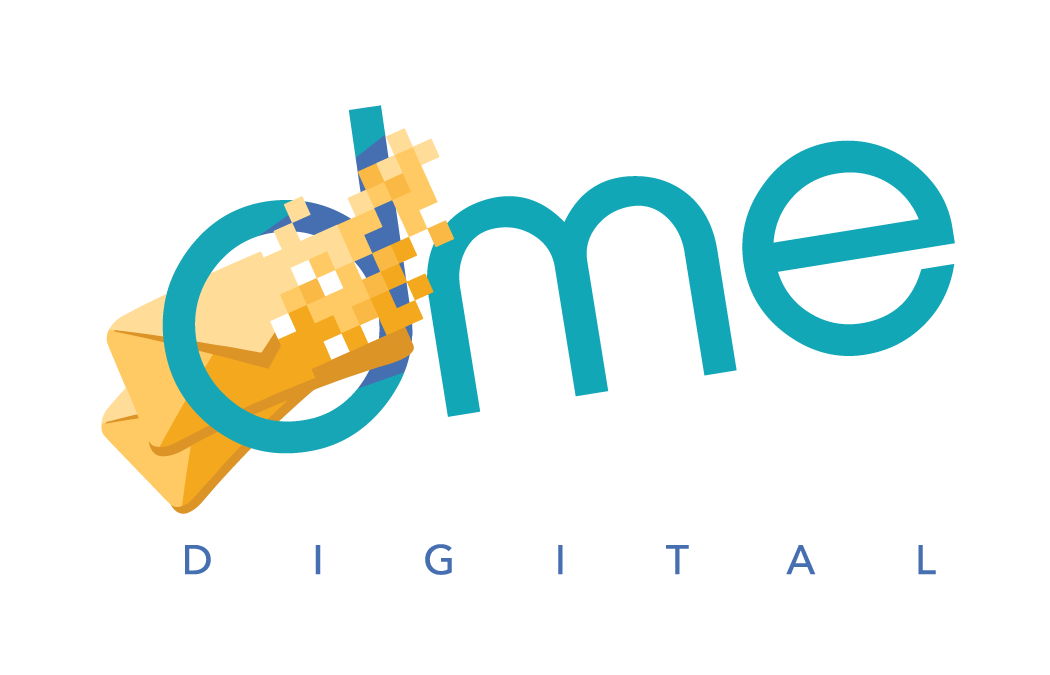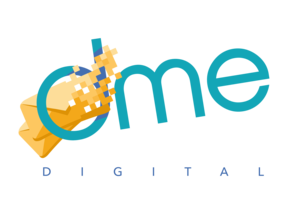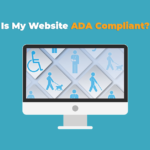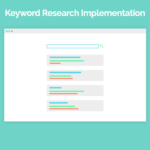Logo decisions can be among the most challenging decisions a company will face.
It’s important to take control over the construction of visual perception.
A business’ name and signature image is often the first impression to its audience, and can be used as a way to immediately stand out from competitors.
Before that audience decides anything, they often make a snap judgement on whether they’re interested. The audience will also subconsciously decide if the logo was unique enough to remember.
So, to guarantee a positive impression and chase the idea of staying-power, every company must have a strong visual presence. We must aim to be distinct, memorable, relevant, simple, and to effectively communicate the business’ intended message.
There are many different types of logos, but how do you choose the style that works best for you?
So, you’ve decided to rebrand your business. But, what does that look like?
What Does Your Logo “say” about Your Brand?
Every business should choose a logo that best communicates their identity while still conveying a clear message to their audience. This is one of those cases where it’s not as much about what you’re saying, but how you’re saying it.
You could choose a clever design that characterizes the most prominent part of your business in an unforgettable way. You could create a signature mark that illustrates your company’s industry and value, so the viewer knows exactly what you’re about. These options could be the most literal and direct explanation of your business to your audience.
Should You Choose a Simplistic Design, or Something More Coneptual?
There’s also a flipside. While your logo doesn’t have to tell people exactly what you do, it’s imperative that it finds a way to clearly say who you are. Your logo could even ditch visual simplicity altogether, while turning its focus to communicating an idea metaphorically.
Just realize that the options are endless, and you shouldn’t be afraid to go out on a limb to choose something unique for your message. Think of this method as high-risk, high-reward.

In fact, the most iconic logos are not just unique, many of them also have an abstract element. The mere mention of the word “abstract” can send your mind in a million directions. You’ll think – weird shapes, unrecognizable features, or something like a Basquiat or Picasso painting. Yes, the term “Abstract” fits the description for all these thoughts, but it covers a lot more as well.
Some of us prefer the simplest most direct path. If that’s the case, you should consider taking a literal approach with little to no risk involved. As a smaller business or an entrepreneur, it takes extensive (and often expensive) effort to create the necessary awareness and recognition for an abstract brand.
We all want that shoot-for-the-stars mentality, but that’s not for everyone. Something abstract could easily end up being more of a challenge than an opportunity. So, assess your market, your competition, and your company accordingly.
Does Your Design Need Feature Text or a Tagline, or Will the Art Stand Alone?
The best analogy to understand an abstract logo is to think of it as a nickname. If a there’s a guy named Joseph, it’s highly likely you will refer to him as Joe. He probably refers to himself as Joe too. When you type it or write it down it’s Joe, and when you say it aloud, everyone knows exactly who you’re talking about.
Choosing an actual nickname can be easy but choosing a look for your brand that strays from literal and leans abstract can be intimidating. If your artwork is surrounded by a great action plan though, you can afford to roll the dice. Going the abstract route immediately makes your company much more interesting while creating a clearer separation from your competition.
Don’t worry about people being unable to “translate” your standalone logo into something meaningful. Remember, those who see your logo will rarely (maybe even never) experience it without context. A logo could never tell your entire story. And luckily, they don’t have to.
Logos exist within the confines of your brand. This includes your online presence, your products, packaging, etc. Therefore, your number one task is to take full control over the narrative around your design.
How Will the Rest of Your Branding and Marketing Plan Affect Your Design?
Understanding and defining the rest of your brand is equally as important as designing the logo itself. One cannot be strong if the other is lacking. So, you must clearly define both before moving forward.
A new visual presence without a clearly defined plan for the rest of your business will only raise a ton of questions from your audience.
So, there is a big chunk missing from this apple, but that doesn’t say anything about computers. A swooshy checkmark doesn’t say a single thing about athletic apparel. Also, what in the world does five different-color rings say about the Olympics? Still, when you see these iconic symbols, you know exactly what they stand for instantly. Why do you think that is? One hint: the answer is branding.
Slapping a new name or logo on a company that hasn’t changed is the equivalent of a facelift, and while it may make you feel good initially, it will do little to create actual change beneath the surface.
Abstract logos are an excellent way to create that once-in-a-lifetime experience for viewers, and the opportunity for staying-power that every business strives for.
Nike’s swoosh is forever ingrained in your mind because there is no other shape like it in nature or in business. This makes the swoosh a unique experience for all who have witnessed it. The visual experience creates the opportunity, but the rest of the branding plan must make the most of the moments after the initial impression.
Where and How Will Your Audience Experience Your Brand?
[vc_custom_heading text=”Where and how will your audience experience your brand?” use_theme_fonts=”yes”]
You will want to meet them across as many relevant channels and devices as possible. You will want to reach them wherever they consume information, and wherever they spend their time.
The average US adult spends nearly 4 hours per day on mobile devices in 2018, and this increased by more than 11 minutes over the previous year.
So, if you’re keeping up, you understand how the market is changing, and how our strategies must grow and evolve if we want to stay relevant.
You also understand why you must include digital components in both your design and marketing efforts to stay current and competitive.
Are You Willing to Go Above and Beyond to Separate Yourselves from Competitors?
Adding digital elements like animation, for example, will undoubtedly take your design to the next level and keep you at the forefront of innovation. When considering ways to separate your company from competitors, this is how the most successful brands stand out.
Think your brand could use a complete visual overhaul? Or maybe a subtler rebrand would suit you better?
With this guide, you will have all the tools you need to stand head and shoulders above the crowd. The time and attention you dedicate to these decisions will be the difference between a successful rebrand, and the need to start this entire process all over again in the near future.
Leave a comment with any additional ideas or questions below. We’d love to hear your perspective!












Leave a Reply